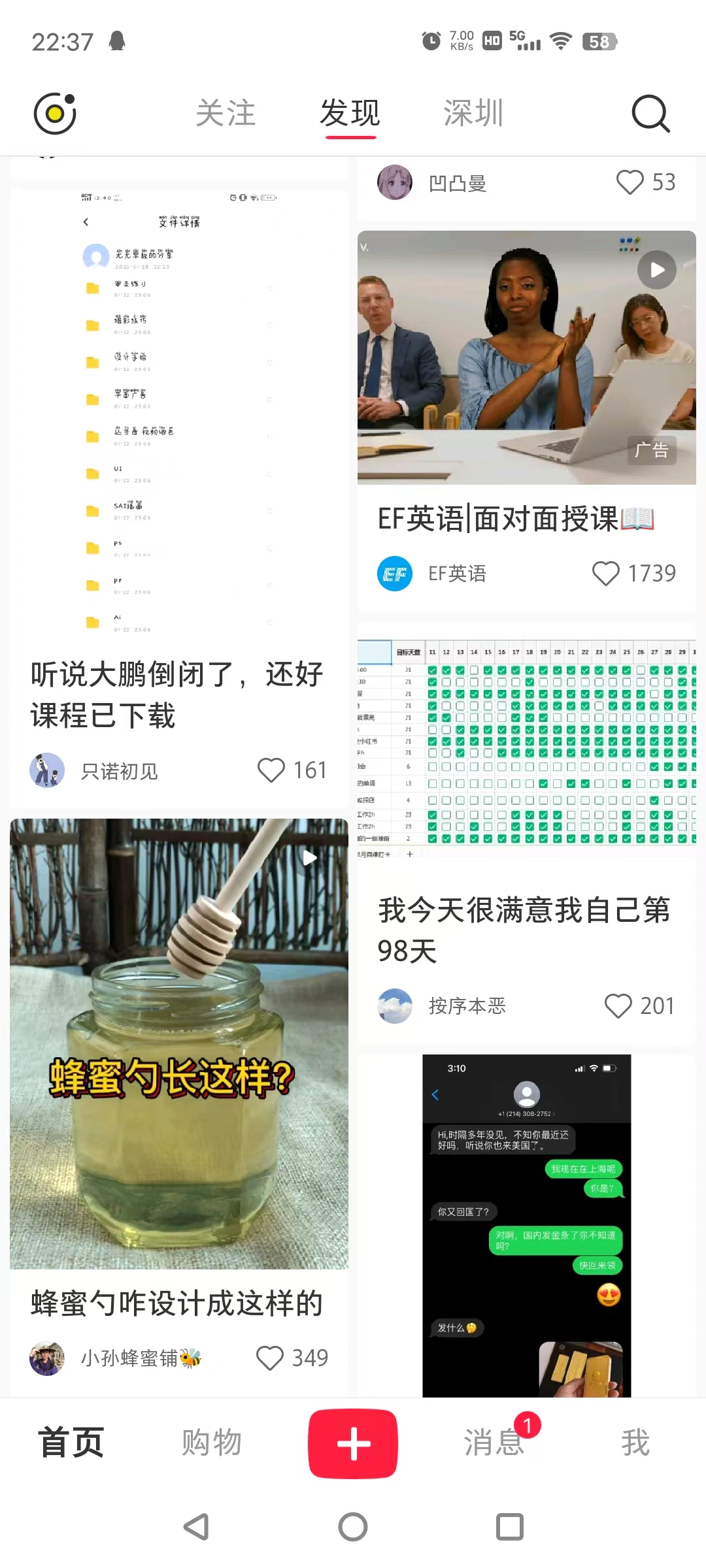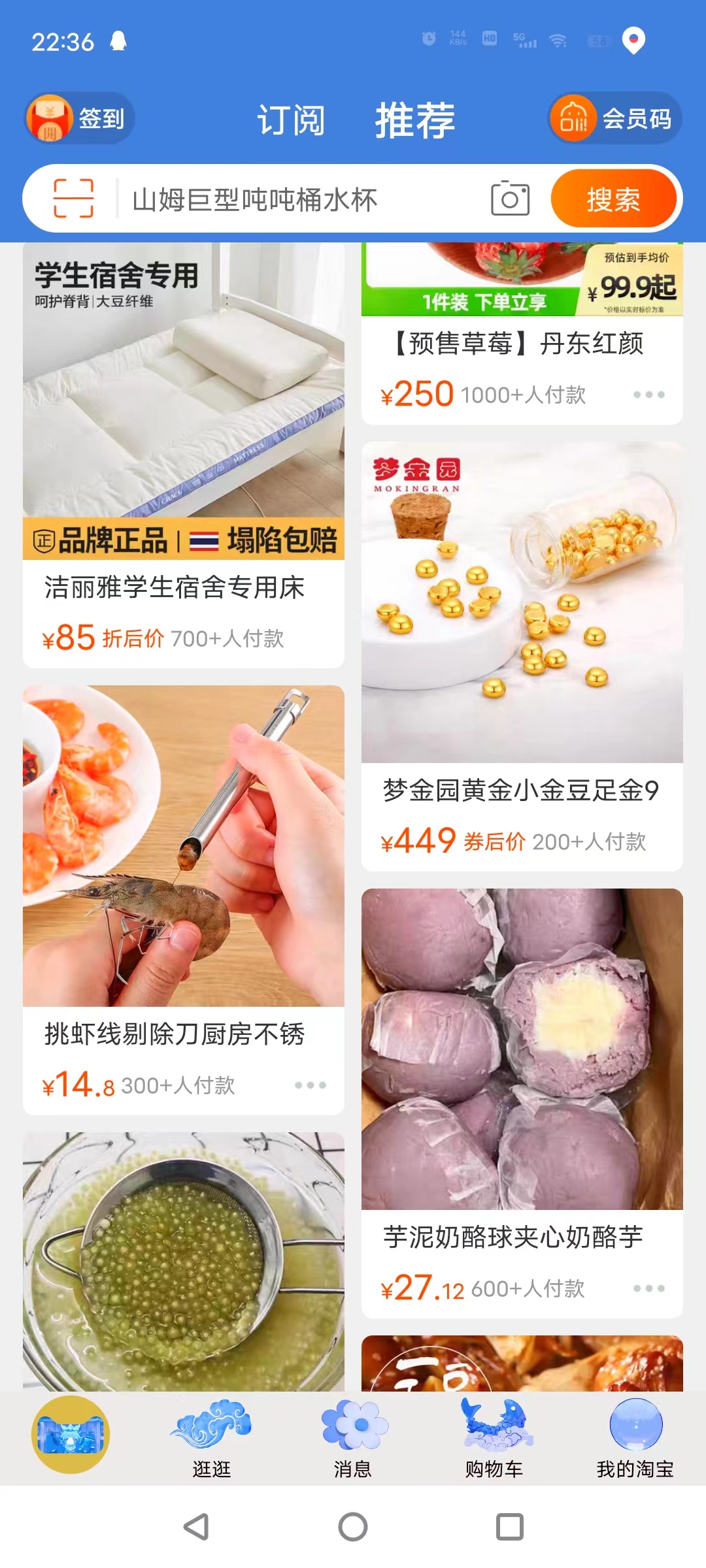1、什么是瀑布流呢?
瀑布流,又称瀑布流式布局。是比较流行的一种网站页面布局,视觉表现为参差不齐的多栏布局,随着页面滚动条向下滚动,这种布局还会不断加载数据块并附加至当前尾部。
瀑布流对于图片的展现,是高效而具有吸引力的,用户一眼扫过的快速阅读模式可以在短时间内获得更多的信息量,而瀑布流里懒加载模式又避免了用户鼠标点击的翻页操作,瀑布流的主要特性便是错落有致,定宽而不定高的设计让页面区别于传统的矩阵式图片布局模式,巧妙的利用视觉层级,视线的任意流动又缓解了视觉疲劳,同时给人以不拘一格的感觉,切中年轻一族的个性化心理。
下面这些就是用瀑布流来实现,看起来是不是很美观呢?


2、实现一个简单的瀑布流
先看一下咱们最终的试下效果吧,只是简单传入文字进行演示

1、瀑布流的特点
1、琳琅满目:整版以图片为主,大小不一的图片按照一定的规律排列。
2、唯美:图片的风格以唯美的图片为主。
3、操作简单:在浏览网站的时候只需要轻轻滑动一下鼠标滚轮,一切的美妙的图片精彩便可呈现在你面前
2、核心算法
通过图片我们可以直观的看到,每一个卡片的高度都是不一样的,需要我们实时能计算高度,同时左右的高度还是不能相互影响。
这里我们主要通过两个数组进行实现,即分为左右数组,核心代码如下:
<view id="u-left-column" class="u-column">
<slot name="left" :leftList="leftList"></slot>
</view>
<view id="u-right-column" class="u-column">
<slot name="right" :rightList="rightList"></slot>
</view>
data() {
return {
leftList: [],
rightList: [],
tempList: [],
scrollTop: 0,
}
}
对传入数组进行分组和计算高度
async splitData() {
if (!this.tempList.length) return;
let leftRect = await this.$uGetRect('#u-left-column');
let rightRect = await this.$uGetRect('#u-right-column');
// 如果左边小于或等于右边,就添加到左边,否则添加到右边
let item = this.tempList[0];
// 解决多次快速上拉后,可能数据会乱的问题,因为经过上面的两个await节点查询阻塞一定时间,加上后面的定时器干扰
// 数组可能变成[],导致此item值可能为undefined
if (!item) return;
if (leftRect.height < rightRect.height) {
this.leftList.push(item);
} else if (leftRect.height > rightRect.height) {
this.rightList.push(item);
} else {
// 这里是为了保证第一和第二张添加时,左右都能有内容
// 因为添加第一张,实际队列的高度可能还是0,这时需要根据队列元素长度判断下一个该放哪边
if (this.leftList.length <= this.rightList.length) {
this.leftList.push(item);
} else {
this.rightList.push(item);
}
}
// 移除临时列表的第一项
this.tempList.splice(0, 1);
// 如果临时数组还有数据,继续循环
if (this.tempList.length) {
this.splitData();
return
}
}
3、完整的组件代码如下
<template>
<scroll-view class="scroll-y" scroll-y="true" @scrolltolower="tolower" :scroll-top="scrollTop">
<view class="u-waterfall" id="list">
<view id="u-left-column" class="u-column">
<slot name="left" :leftList="leftList"></slot>
</view>
<view id="u-right-column" class="u-column">
<slot name="right" :rightList="rightList"></slot>
</view>
</view>
</scroll-view>
</template>
<script>
export default {
name: "waterfall",
props: {
value: {
// 瀑布流数据
type: Array,
required: true,
default: function() {
return [];
}
},
scrolltolower: {
type: Function,
default: () => {}
}
},
data() {
return {
leftList: [],
rightList: [],
tempList: [],
scrollTop: 0,
}
},
watch: {
copyFlowList(nVal, oVal) {
this.tempList = this.cloneData(this.copyFlowList);
this.splitData();
}
},
mounted() {
this.tempList = this.cloneData(this.copyFlowList);
this.splitData();
// this.$on('clearWaterFall', this.clear)
},
computed: {
// 破坏flowList变量的引用,否则watch的结果新旧值是一样的
copyFlowList() {
return this.cloneData(this.value);
}
},
methods: {
async splitData() {
if (!this.tempList.length) return;
let leftRect = await this.$uGetRect('#u-left-column');
let rightRect = await this.$uGetRect('#u-right-column');
// 如果左边小于或等于右边,就添加到左边,否则添加到右边
let item = this.tempList[0];
// 解决多次快速上拉后,可能数据会乱的问题,因为经过上面的两个await节点查询阻塞一定时间,加上后面的定时器干扰
// 数组可能变成[],导致此item值可能为undefined
if (!item) return;
if (leftRect.height < rightRect.height) {
this.leftList.push(item);
} else if (leftRect.height > rightRect.height) {
this.rightList.push(item);
} else {
// 这里是为了保证第一和第二张添加时,左右都能有内容
// 因为添加第一张,实际队列的高度可能还是0,这时需要根据队列元素长度判断下一个该放哪边
if (this.leftList.length <= this.rightList.length) {
this.leftList.push(item);
} else {
this.rightList.push(item);
}
}
// 移除临时列表的第一项
this.tempList.splice(0, 1);
// 如果临时数组还有数据,继续循环
if (this.tempList.length) {
this.splitData();
return
}
},
// 复制而不是引用对象和数组
cloneData(data) {
return JSON.parse(JSON.stringify(data));
},
tolower(e) {
this.scrolltolower()
},
clear() {
this.leftList = []
this.rightList = []
}
}
}
</script>
<style lang="scss" scoped>
@mixin vue-flex($direction: row) {
/* #ifndef APP-NVUE */
display: flex;
flex-direction: $direction;
/* #endif */
}
.scroll-y {
height: 78vh;
margin-top: 18px;
}
.u-waterfall {
@include vue-flex;
flex-direction: row;
align-items: flex-start;
}
.u-column {
@include vue-flex;
flex: 1;
flex-direction: column;
height: auto;
width: 45vw;
word-break: break-all;
}
</style>
3、简单使用
基于vue的语法进行使用,先进行导入和注册
<script>
import waterfall from '../../component/waterfall/index.vue'
export default {
name: 'content',
components: {
waterfall
}
}
</script>
因为组件是基于插槽的形式进行开发的,所以我们可以直接传入咱们的样式和标签
<template>
<view class="main">
<waterfall :value="dataList" :scrolltolower="getRecommendLove" ref="child">
<template v-slot:left="left">
<view v-for="item in left.leftList" :key="item.id" class="left-content" @click="copy(item)">
<view class="item">
{{item.content}}
</view>
</view>
</template>
<template v-slot:right="right">
<view v-for="item in right.rightList" :key="item.id" class="right-content" @click="copy(item)">
<view class="item">
{{item.content}}
</view>
</view>
</template>
</waterfall>
</view>
</template>
最终的效果就可以达到我们的目标了
